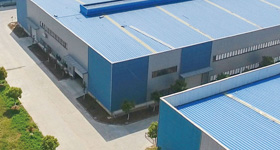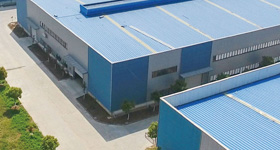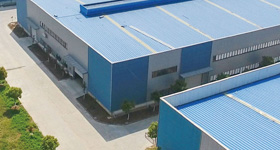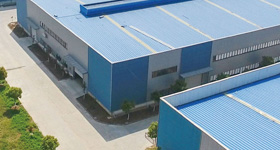Adhesive Industry Market Research Report
Adhesive refers to a material that has good bonding properties and can form a film between the surfaces of two objects and firmly bond them together. It is generally formulated from components such as binding materials, curing agents, toughening agents, fillers, diluents, and modifiers.

1. A bonding substance, also known as a binder. It is an essential component in adhesives and acts as a bond, the nature of which determines the properties, use and conditions of use of the adhesive. Various resins, rubbers, and natural polymer compounds are generally used as the binding substance.
2. Curing agent. The curing agent is a component that promotes the curing of the bonding substance by a chemical reaction, which can increase the cohesive strength of the adhesive layer. Some resins in adhesives, such as epoxy resins, do not themselves become hard solids without the addition of a curing agent. The curing agent is also the main component of the adhesive, and its properties and amount play an important role in the performance of the adhesive.
3. Toughener. The toughening agent is used to improve the toughness of the adhesive layer after the adhesive is hardened and to improve its impact strength. Commonly used are dibutyl phthalate and dioctyl phthalate.
4. Thinner. Also known as solvent, mainly to reduce the viscosity of the adhesive, to facilitate the operation, improve the wettability and fluidity of the adhesive. Commonly used organic solvents are acetone, benzene, toluene, and the like.
5. Filler. The filler generally does not undergo a chemical reaction in the adhesive, which increases the consistency of the adhesive, lowers the coefficient of thermal expansion, reduces shrinkage, and improves the impact toughness and mechanical strength of the adhesive. Commonly used varieties are talc powder, asbestos powder, aluminum powder and the like.
??6. Modifiers. Modifiers are components that are added to meet a particular requirement in order to improve a certain aspect of the adhesive properties. If the bonding strength is added, the coupling agent may be added, and an anti-aging agent, a preservative, an anti-mold agent, a flame retardant, a stabilizer, and the like may be separately added.
There are many kinds of adhesives, and there are many classification methods. Commonly used are:
1. Classification by chemical composition: can be divided into organic adhesives and inorganic adhesives. Organic adhesives are further divided into synthetic adhesives and natural adhesives. Synthetic adhesives are resin type, rubber type, composite type, etc.; natural adhesives include adhesives such as animals, plants, minerals, and natural rubber. The inorganic binder has various chemical components such as phosphate, silicate, sulfate, borate and the like.
2. Classified by shape: can be divided into liquid adhesive and solid adhesive. There are solution type, emulsion type, paste, film, tape, powder, rubber, glue stick and so on.
3. Classification by use: It can be divided into structural adhesives, non-structural adhesives and special adhesives (such as high temperature resistance, ultra low temperature, electrical conduction, thermal conduction, magnetic conduction, sealing, water bonding, etc.).
4. According to the application method: there are room temperature curing type, thermosetting type, hot melt type, pressure sensitive type, rewet type and other adhesives.
Adhesives can be used in construction, wood, automotive, packaging, bookbinding and other fields. The following highlights the construction adhesives and wood adhesives.
Construction adhesive
In the process of building decoration and decoration, the adhesive is mainly used for board bonding, wall pretreatment, wallpaper pasting, ceramic wall and floor tiles, various floors, carpet laying and so on. In addition to a certain strength, the adhesive used in architectural decoration also has a series of comprehensive properties such as water resistance, sealing, elasticity and impact resistance, which can improve the quality of architectural decoration, increaseX the aesthetic comfort and improve the construction process. Improve building construction efficiency and quality.
Adhesives for architectural decoration can be divided into water-based adhesives, solvent-based adhesives and other adhesives. Among them, water-based adhesives include polyvinyl acetate emulsion adhesive (white latex), water-soluble polyvinyl alcohol construction adhesive and other water-based adhesives (108 adhesive, 801 adhesive); solvent-based adhesives include rubber adhesives and polyurethane adhesives ( PU glue) and other solvent-based adhesives.











